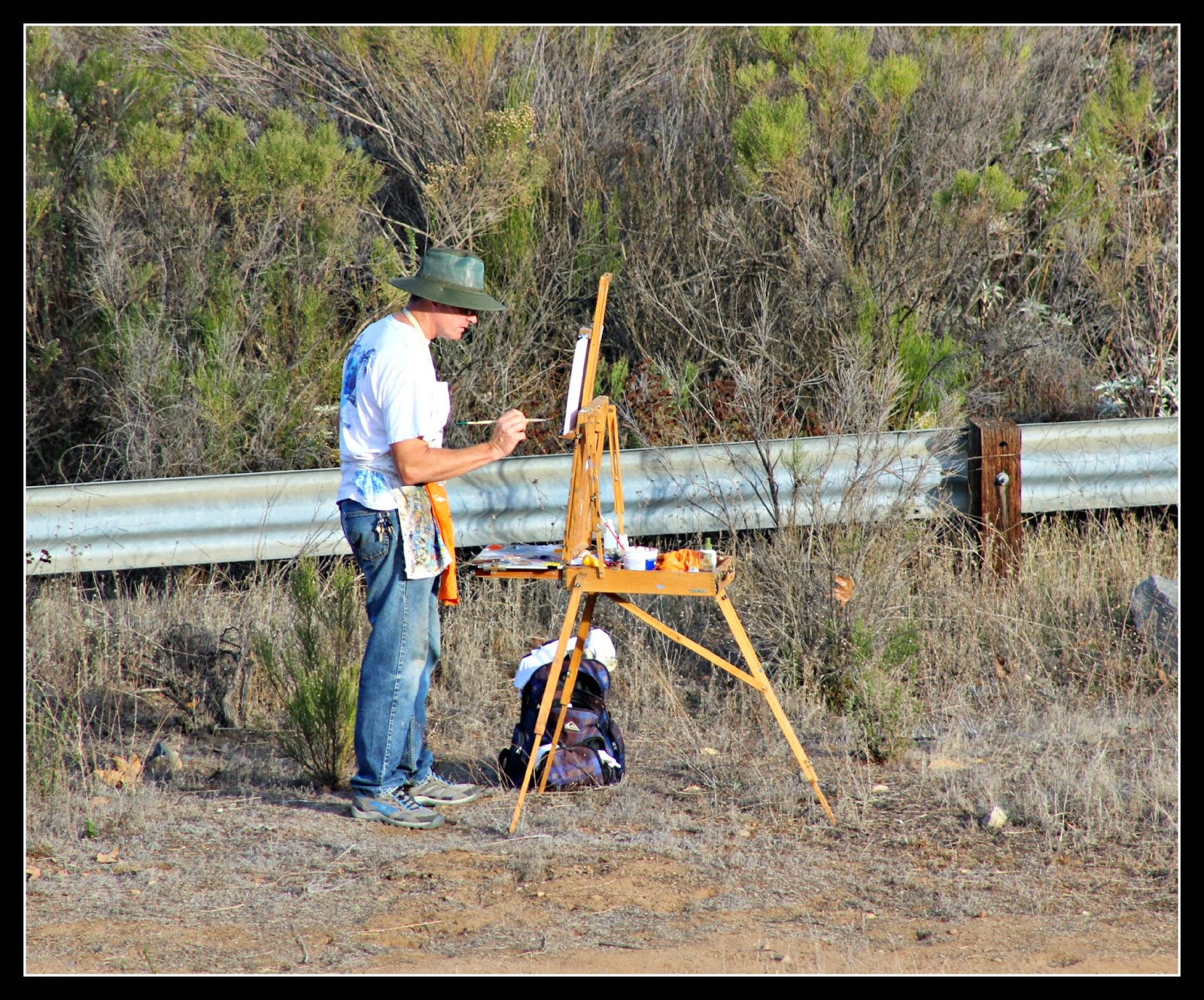Creativity isn’t just the domain of the artistic
types and has practical applications for businesses. Without new ideas, ways of
accomplishing goals, and unique solutions businesses fail to develop and grow. A
paper by Deepa and Gopal (2011) delves into a model of creativity and how it
can be used to foster business growth. The model focuses on four main stages of
creative development that pushes a unique idea to a practical solution. San
Diego has an abundance of creative people and artists from all walks of life
that can contribute to economic growth.
Ralph Waldo Emerson once wrote, “Art
is a jealous mistress, and, if a man have a genius for painting, poetry, music,
architecture, or philosophy, he makes a bad
husband, and an ill provider, and should be wise in season, and not fetter
himself with duties which will embitter his day.” The problem with artists is not the art
itself but the practical use of the creative mind to solve real problems. With
a little training and trust an artist can turn into an idea generator.
Creative people have the natural ability
to see problems from a more holistic vantage point and make new and unique conclusions
to solve problems. The very nature of science and advancement springs forth
from developing a unique perspective and conclusion of a problem. The
possibilities of the solution are analyzed through critical thinking and the
scientific method.
The four stages of creative development
are:
Preparation: The period of
a person’s life where they gain knowledge, skills and abilities. It is a long
process of practice, experimentation, and trial & error.
Imagination: The stage
where new ideas are created through analogies, brainstorming, memory associations.
It may also include other types of analysis such as cost & benefit as well
as SWOT.
Development: From the imagination
stage a few ideas will show promise and are moved into the development stage
where they are evaluated for feasibility, marketability, and sustainability.
Action: Once the most feasible
ideas have been evaluated it is possible to develop a strategy for action.
Creative thinking for artists parallels creative
thinking in science and business. Newton wouldn’t have discovered the laws of
gravity without first being hit in the head by an apple. The Internet would not
have been developed without insight into the nature of communication. Society
itself cannot move forward without a creative and entrepreneurial class that
pushes new concepts forward.
Business executives should learn the important
applications of creativity in the workplace and no longer shun such activities
but instead learn to capitalize on them. Including creative people on a team
help to encourage that team to think beyond conventional limitations. Creativity
matched with the experience of more seasoned members and with those who have
analytical evaluative abilities moves the unique into something feasible for
business purposes. The next time you see an artist walking down the street
scratching out a living think about the other benefits such people provide if
put to practical use. Places like San Diego have an abundance of creative
people seeking opportunities to put their natural abilities to good use to the
advantage of themselves and their employers.
Deepa, N. & Gopal, R. (2011). Advocating
different paradigms: relevance of workplace creativity. SIES Journal of Management, 7 (2).

